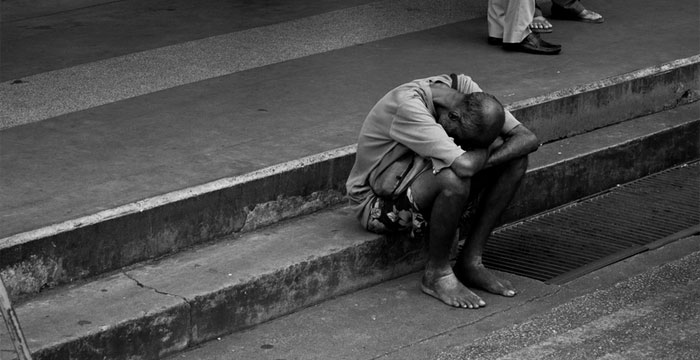In Singapore, the poor pay more for essential goods and services due to a combination of market forces, limited choices, and systemic factors. While government subsidies and social programs provide a safety net, lower-income households often face a “poverty penalty” that traps them in a cycle of financial hardship.

Higher costs for essential goods
- Food: While hawker centres offer affordable meals, healthy and nutritious food can be significantly more expensive. Low-income individuals may opt for cheaper, less healthy options, potentially leading to long-term health issues and higher medical costs. In contrast, higher-income earners have the luxury of buying in bulk, which lowers the per-unit price.
- Housing: Although Singapore has a high homeownership rate due to government “support” for public housing, those with lower incomes or less stable employment may be limited to older, less accessible flats. They also have less flexibility to benefit from rising property values compared to the wealthy, who enjoy tax-free gains on their assets.
- Transportation: While public transport is extensive, some individuals may have to walk long distances to save a few dollars on bus or train fares. The poor are priced out of owning a car due to Singapore’s high taxes on private vehicles, limiting their options for mobility.
Financial and institutional disadvantages
- Limited financial access: Low-income individuals often lack the financial literacy and resources to be savvy consumers. They may be more reliant on high-interest credit or other costly financial services, which further drains their limited resources. In contrast, the wealthy can access complex financial instruments, trusts, and overseas holdings to minimize their tax burden.
- Education and skills: Access to good jobs often requires a quality education, but the education system is not a perfectly level playing field. While government subsidies and aid schemes exist, children from lower-income families may not have the same resources or supportive home environment as their affluent peers. This can lead to lower employability and lower wages in the long run.
- Medical costs: While Singapore has a subsidized healthcare system (MediShield Life and CHAS), some low-income individuals still struggle to pay for chronic illnesses and minor medical treatments. Though healthcare is relatively affordable, prolonged or serious illnesses can be a major financial setback
The poverty cycle
These factors combine to create a “vicious cycle” where the poor have fewer resources but are forced to pay more, making it difficult to escape their financial situation.
- Lower income leads to reduced savings and reliance on costly credit.
- Reduced savings limit opportunities for investment in education or assets.
- Limited education and skills lead to lower-paying, less stable jobs.
- Lower-quality housing and nutrition can affect health and well-being, further hindering job performance.
Conclusion
Fuk You, With You… Kaki Kong Kaki Song, Pee & Poo